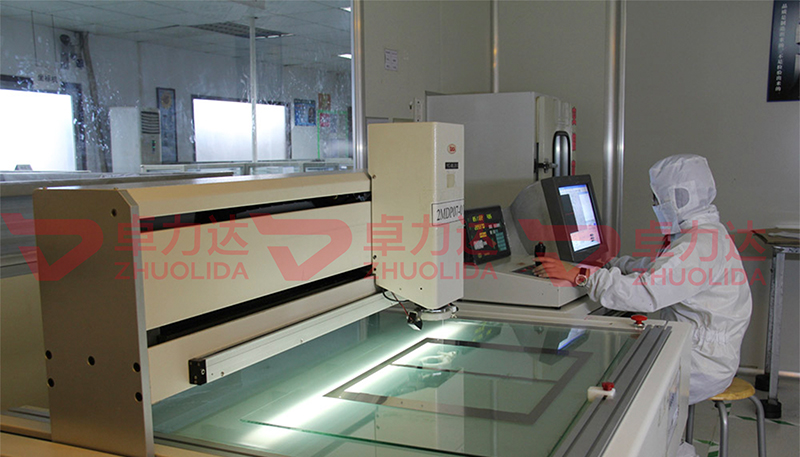
Electrochemical etching of stainless steel is a precision technique used to remove material from the surface of stainless steel using an electrochemical reaction. It is widely used in various industries for applications such as creating intricate designs, part markings, serial numbers, logos, and even micro-machining. Unlike traditional etching methods, electrochemical etching is clean, precise, and capable of working with complex geometries. It is commonly used for stainless steel grades such as the 600-series alloys (including 304, 316), which are known for their corrosion resistance and strength.
The electrochemical etching process involves the controlled use of electric current in a solution (electrolyte) to dissolve metal from the surface of stainless steel. The stainless steel part acts as the anode in the electrolytic circuit, while the cathode is typically a conductive plate or mesh. The etching occurs when an electric current is passed through the electrolyte solution, breaking down the metal surface in the exposed areas, forming patterns or textures.
The electrolyte solution typically consists of water and an acid (such as sulfuric acid, citric acid, or hydrochloric acid) to facilitate the electrochemical reaction. The amount of acid and the temperature of the solution can be adjusted to control the etching rate. The process also requires a power supply to provide a constant DC (direct current) voltage, which is crucial for maintaining a controlled reaction.
The first step in the electrochemical etching process is cleaning the stainless steel surface to remove any contaminants such as oils, grease, or oxide layers. This can be done by brushing, sandblasting, or using a cleaning solution. The cleaner the surface, the better the etching results. If you plan to etch intricate patterns, it may also be necessary to apply a mask or stencil to protect certain areas of the steel from the etching process.
Masking is the process of protecting certain areas of the stainless steel from being etched. This is often done using vinyl resist, tapes, or specialized stencils that cover the parts of the material where you do not want etching to occur. For designs, a resist is typically applied to the surface, and then the unmasked areas are exposed to the electrolytic etching process. The resist material is often resistant to the chemicals in the electrolyte solution and prevents the electric current from affecting the covered regions.
The electrolyte solution is a critical component of the electrochemical etching process. The solution is typically made by dissolving an acid, such as citric acid, in distilled water. The concentration of the acid and the temperature of the electrolyte will impact the etching speed and depth. For stainless steel, a solution with a relatively low acid concentration is often used to create a fine etch without damaging the surface.
The stainless steel workpiece is connected to the positive terminal of a DC power supply, making it the anode in the electrochemical cell. The cathode (usually a plate or mesh of conductive material like copper) is connected to the negative terminal of the power supply. The current flows from the power supply, through the electrolyte, and to the stainless steel part, where it dissolves metal from the exposed areas.
The electric current causes the electrolyte solution to dissolve the exposed stainless steel, creating a pattern or texture on the surface. The rate of etching depends on several factors, including the applied voltage, the concentration of the electrolyte solution, and the current density. At low voltage (typically between 6V and 12V), the etching process is slower, which results in finer, more detailed patterns. At higher voltages, the etching process speeds up, but this can also cause the patterns to be rougher or less defined.
The time of exposure to the current is another important factor. Longer exposure times typically result in deeper etching, while shorter exposure times create more shallow marks. The process is also highly customizable based on the desired outcome. For example, if you need a high-contrast etching, you may use a higher voltage for deeper etching and create a stark contrast between the etched areas and the unetched surface.
Once the etching process is complete, the stainless steel part must be rinsed with water to stop the reaction and remove the electrolyte. Any resist material or protective masks must also be carefully removed at this stage. After cleaning, the stainless steel surface may be polished or brushed to restore its original shine or achieve a desired surface finish. This can help enhance the clarity of the etched patterns or logos.
Precision and Detail: Electrochemical etching can achieve highly intricate and fine details, making it ideal for applications requiring small, precise markings or designs.
No Heat Generation: Unlike traditional etching methods such as laser etching or mechanical engraving, electrochemical etching doesn’t generate heat, reducing the risk of warping or damaging the stainless steel material.
Corrosion Resistance: Since stainless steel is resistant to corrosion, the etched patterns or markings will generally remain durable and well-preserved over time, even in harsh environments.
Environmentally Friendly: The process is relatively clean and produces minimal waste, especially compared to traditional methods like sandblasting or laser cutting.
Electrochemical etching is widely used in industries such as:
Aerospace: For part identification, serial numbers, and complex part designs.
Automotive: For component marking and decorative finishes.
Medical: To mark stainless steel surgical instruments or implants with precise identifiers.
Art and Design: For creating detailed patterns or logos on stainless steel surfaces used in jewelry, art, or architecture.
Electrochemical etching of stainless steel is an efficient, precise, and versatile method for creating designs, patterns, or markings on stainless steel parts. This technique is particularly beneficial for high-quality applications that require intricate detailing, while also providing a clean and environmentally friendly process. The method is ideal for industries that demand durability, precision, and high-quality finishes in materials like stainless steel.
Contact: andy_Lai
Phone: 18938693450
E-mail: yw9@zldsmt.com
Add: Building A3, Huafa Industrial Park, Fuyong Town, Fuyuan Road, Fuyong Town, Baoan District, Shenzhen,China